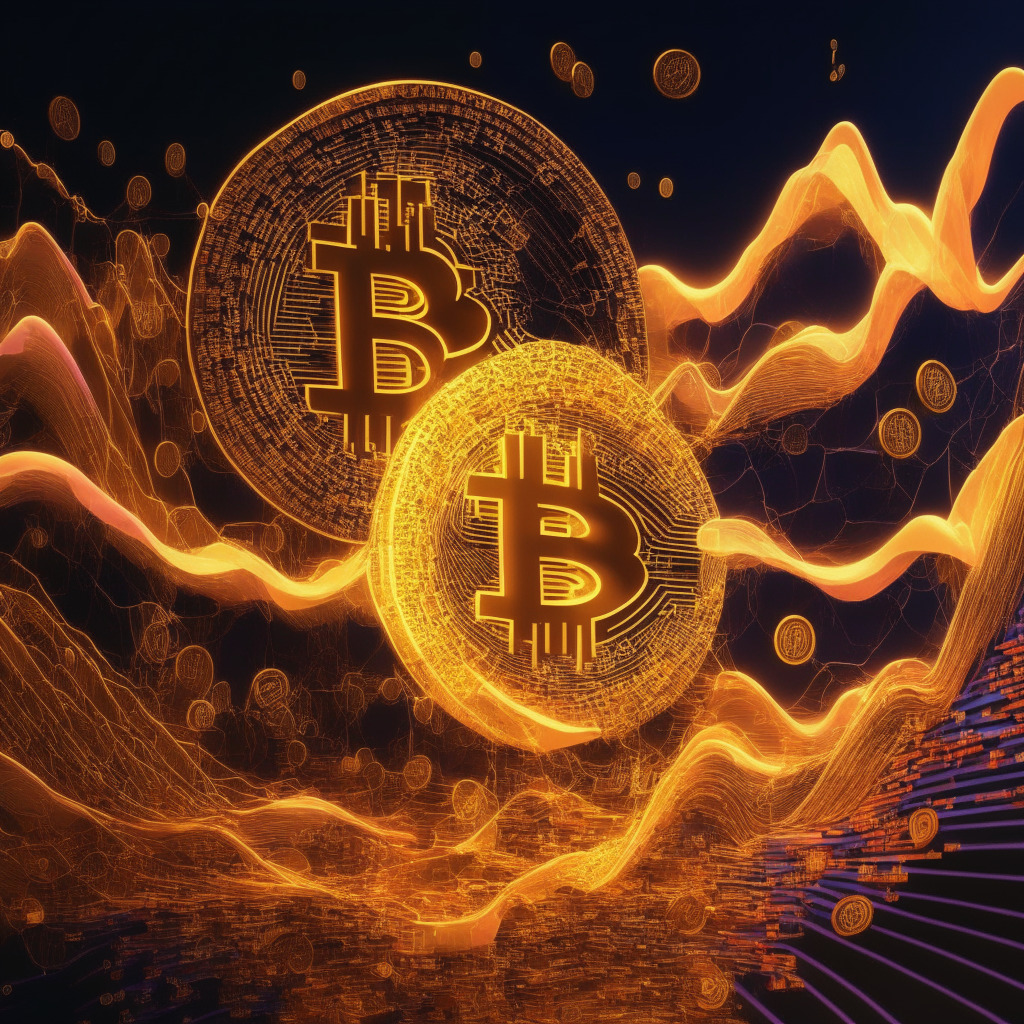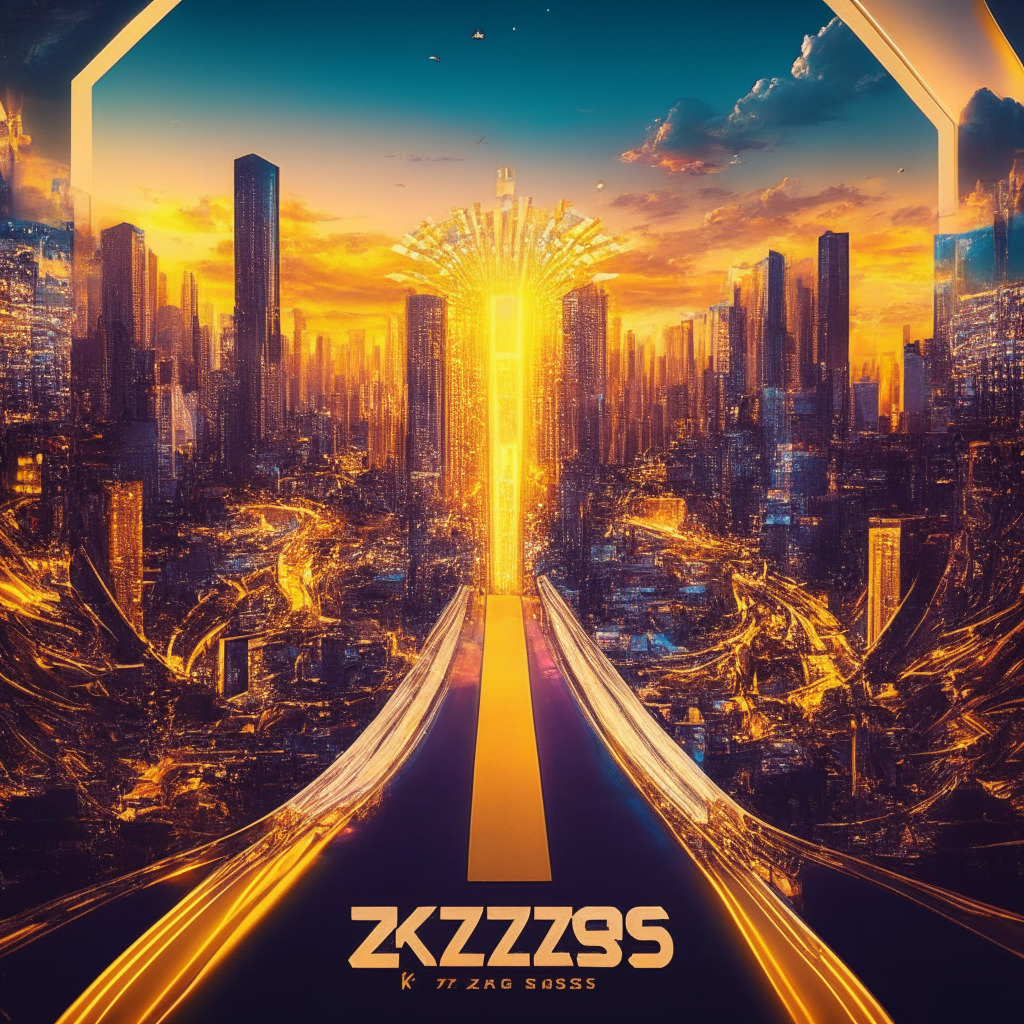The world of cryptocurrency has witnessed a tremendous rise in the activity of Bitcoin Ordinals, an innovative technique for creating Bitcoin non-fungible tokens or NFTs via a process dubbed inscribing. Appreciable enthusiasm was noted following the release of the BRC-69 token standard – a novelty that has stoked new inscriptions to soar past the 3.5 million mark. To put this in perspective, the peak record, set in early May, stands just slightly higher at 4 million inscriptions. This data, sourced from blockchain analytics experts Glassnode, underscores a leap of over 250% in such inscriptions ever since Luminex, the Ordinals launchpad, introduced the BRC-69 token standard in early July.
What makes BRC-69 really interesting, besides offering a novel iteration of the older BRC-20 standard, is its potential to dramatically slash inscription costs for Ordinals by more than 90%. Distilling it down to a 4-step process – inscribing traits, deploying collection, compiling collection, and minting assets – ensures this significant cost-cut. This simplicity has certainly struck a chord, allowing minters to just input a single line of text instead of a whole image, leading to seamless image rendering across all ordinals-frontends, relying solely on on-chain resources made possible through recursive inscriptions.
Evidence so far seems to substantiate the efficacy of BTC-69. Amidst the growing number of new inscriptions, daily fees for inscribing appear to have plateaued, offering a contrast against the mounting transaction volume. This stagnation in fees, coupled with Bitcoin Ordinals introduction of NFT and smart contracts to the Bitcoin blockchain when it was launched in January, has sparked considerable investor interest in tokens like STX, official currency of Bitcoin layer 2 Stacks Network.
If we were to chart the Bitcoin Ordinals boom, we’d observe its bifurcation into two distinct phases; the image-based inscriptions dominating the initial phase from early February to late April, and then making way for the second phase, characterized by high free-paying text-based inscriptions initiating in May.
However, the volatility of the crypto domain becomes clear when observing the steady decline in activity since May. As per a weekly report released by Glassnode, despite the recent uptick in text inscriptions, unconfirmed transactions in Bitcoin mempools have begun to clear, indicating a deflating trend. The Bitcoin Ordinals narrative, therefore, continues to evolve with every passing week.
Source: Coindesk




